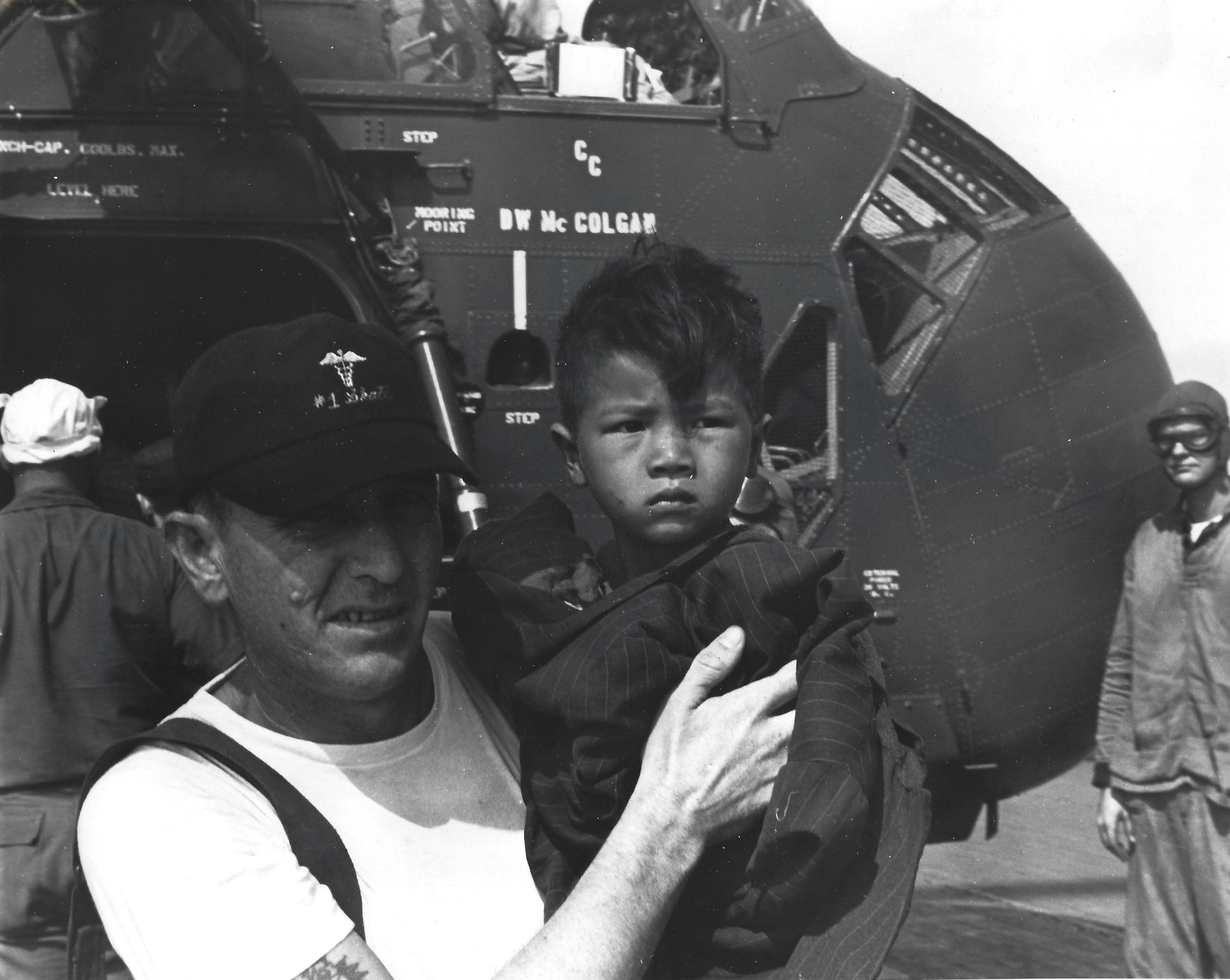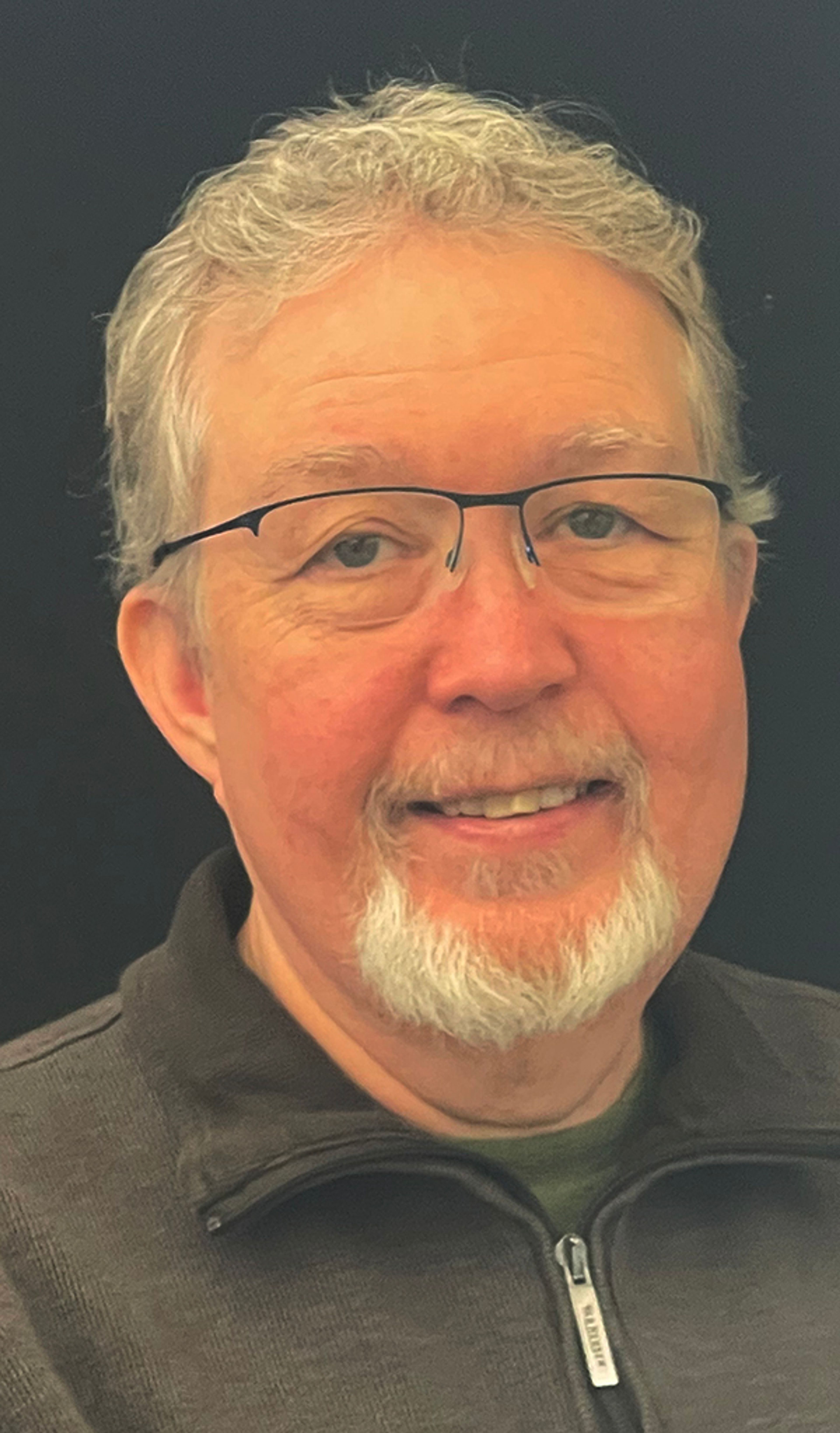Conflict in the jungle: The Vietnam War, Part 2
Discover the harrowing details of the My Lai Massacre and the tumultuous end of the Vietnam War. From the tragic events in 1968 to the fall of Saigon in 1975, explore the lasting impact on soldiers and civilians alike.
(Editor's note: The first half of this column was published Sunday, Sept. 14.)
The deteriorating morale of United States soldiers culminated in March 1968 when U.S. soldiers entered My Lai expecting to find guerrillas hiding in the village. As they searched and found no enemy, they gathered civilians — mostly women, children and elderly — and began killing them. Women and children were gang-raped and bodies mutilated. Others were shot, bayoneted or killed by grenades. It is estimated 504 civilians were killed, becoming the largest civilian massacre by the U.S. military in the 20th century. The military’s murder and coverup became public in November 1969. A helicopter crew was credited with trying to stop the massacre. Of the 26 soldiers charged, only Lt. William Calley Jr. was convicted of murdering 22 villagers. President Nixon commuted his life sentence.
By 1970, casualties were half of what they had been in 1969. Nixon began to withdraw troops from Vietnam and, by the end of 1970, only 265,500 troops remained. In September 1969, Ho Chi Minh died from heart failure at his home in Hanoi and was replaced by a Politburo, a collective leadership of ministers and military leaders.
Ending the conflict in Vietnam became the main topic of the presidential election in 1972. While Nixon would win a second term, the Watergate break-in would be his downfall, with him resigning the presidency in August 1974. His vice president, Gerald Ford, oversaw the end of U.S. involvement in Vietnam. U.S. National Security Advisor, later Secretary of State, Henry Kissinger met secretly with North Vietnam’s Politburo member Le Duc Tho in Paris to negotiate a peace treaty. When the North Vietnamese left the talks, Nixon ordered more bombing of North Vietnam. South Vietnam’s President Nguyen originally refused to sign the treaty in part because he was left out of the early negotiations. In January 1973, the U.S., South Vietnam, North Vietnam and the Communist Party of South Vietnam signed the Paris Peace Accords, ending U.S. involvement in the Vietnam War.
All U.S. forces were gone by March 1973. The economy in South Vietnam collapsed without U.S. financial support after the oil crisis and global recession of 1973. Clashes between North and South erupted, and President Thieu announced the war had restarted in January 1974. The North launched several offensives pushing south to take the capital, Saigon. President Thieu, resigned and fled to Taiwan in April, publicly criticizing the U.S. failure to support the South. The end of April saw President Ford declaring an end of U.S. aid and an end to the war. On April 29, Frequent Wind, the largest helicopter evacuation in U.S. history, began evacuating personnel and other key people from the top of the U.S. Embassy in Saigon. Working around the clock, the last U.S. Marines left in the early morning hours April 30, 1975, as North Vietnamese troops entered Saigon.
Between 1955 and 1975, U.S. deaths totaled 58,220, and it is estimated more than 254,256 South Vietnamese died.
As a son of a World War II veteran, my father was welcomed home to a hero's welcome. It wasn’t that way for Vietnam veterans. Many were met by protestors, throwing items at them, even spitting on them and sometimes worse. I, personally, don’t know anyone who died in Vietnam. I do know many who returned, and all have some form of post-traumatic stress disorder (PTSD). One friend told me, when they got caught in a defoliant spray, it was like being caught in a heavy thunderstorm and being soaked to the skin. Another veteran was small enough to be used as a Tunnel Rat, soldiers dropped into Viet Cong underground tunnel complexes, with a pistol and flashlight to search and destroy the enemy. An Army Ranger I met had been given low doses of the drug LSD to build up his resistance to the drug in case he was captured, and it was used to interrogate him. Both the Ranger and Tunnel Rat died in their mid-40s of sudden heart attacks.
According to the Vietnam War Memorial’s 2019 update, Cape Girardeau County lists 14 names (12 from Cape Girardeau and one each from Oak Ridge and Gordonville; none from Jackson). The Defense POW/MIA Accounting Agency (DPAA) lists 1,973 veterans as Original Missing, 729 Repatriated and Identified and 1,241 Remaining Missing in Vietnam. This does not include those missing in Laos and Cambodia. Vietnam continues to help the United States in finding, identifying and returning remains of U.S. soldiers. Vietnamese investigators have conducted over 300 oral histories, and Vietnamese veterans assist the U.S. in gathering information from Laos and Cambodia.
The Tour of Duty system the U.S. used in the Korean War was adapted to the Vietnam War. Neither war lent itself to the type of homecoming victory seen at the end of World War II, as soldiers did rotations in and back out of the country. When President Nixon announced U.S. involvement in Vietnam was over, he promised “Peace with Honor”. It was never realized. On Nov.. 13, 1982, the Vietnam Veteran Memorial was dedicated to honoring U.S. military forces who served in the war. Located on 2 acres in Constitution Gardens next to the National Mall, the minimalist design of two black granite walls emerging from the ground give the appearance of an open wound. Military historian and Vietnam veteran Shelby Stanton wrote, “An entire American army was sacrificed on the battlefield of Vietnam.”
Dave is a lifelong resident of Southeast Missouri who has always had a strong interest in local history. Recently retired from the Cape Girardeau School District, Dave can spend more time exploring Southeast Missouri’s history.
Connect with the Southeast Missourian Newsroom:
For corrections to this story or other insights for the editor, click here. To submit a letter to the editor, click here. To learn about the Southeast Missourian’s AI Policy, click here.












